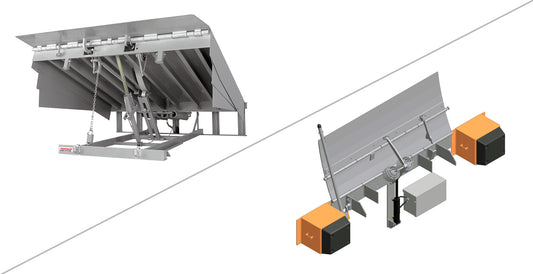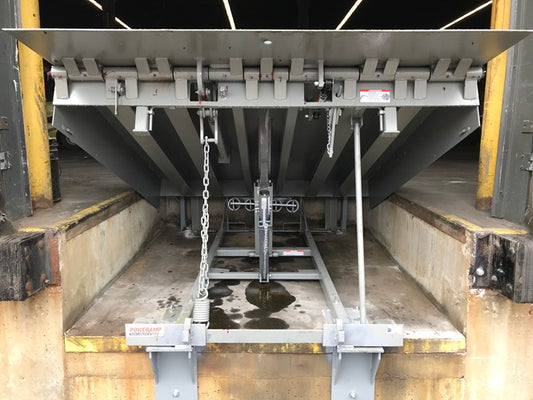A dock leveler is equipment used in material handling operations to allow cargo movement between a transport vehicle and the inside of a building. There are 4 types of dock levelers that allow the transfer of materials: edge-of-dock, portable board, traditional, and vertical. They exist for different applications and needs.
Edge-of-Dock

Commonly found on trucking terminals, edge-of-dock plates are designed for common truck or trailer parameters and light weight rollover loads. They install on the edge of a dock wall. Learn more about edge-of-dock levelers.
Portable Board or Plate

Portable boards and plates are used for limited commercial cargo movement with light weight rollover loads. They require placing and positioning, making them great for infrequent use. Common material handling applications are for pallet jack, cart and dolly uses. Learn more about portable boards.
Traditional

A traditional dock leveler installs inside of a pit inside of the dock floor. They cover the widest uses, weight capacities, and industries. Traditional dock levelers cover 12” above and below the floor to the bed of the truck or trailer. Frequent maintenance and inspection are required. Learn more about dock levelers.
Vertical

Vertical dock levelers are designed to store out of the door opening to eliminate gaps at the opening. Common applications include clean and temperature-controlled warehouses. They cover comparable use and load to a traditional dock leveler. Learn more about specialty dock levelers.
Other considerations

While not a dock leveler, the Powerlift is a truck or trailer lift. It can also be considered a wheel riser ramp. It works to level the bed height with the dock floor, to create a level transfer surface.

We also have the rail dock leveler, a vertically stored dock leveler used as a bridge on a loading dock for rail cars.




